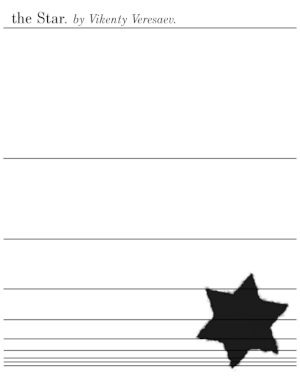Eurovision 2025
I like Eurovision. I have very fond memories of Eurovision. I am also deeply pained by Israel's participation and Moroccanoil’s sponsorship of Eurovison. What to do with this? I can boycott, of course. Just not watch. Simple and just. But I also want to take a moment on what is lost. It's not just a fun and silly night with friends. It's the way that the global seeping horror of the neo-fascists steal our joy, how they corrupt and degrade our social spaces and interactions, how we are increasingly left with the no-win choice of staying or leaving (twitter, eurovision, the country, etc.) as everything feels icky and principals feel empty. So I can not watch. I can even come up with some counter programming with friends and have a joyous evening. But the next morning what will I chat about with folks at the coffee shop, the gym, the neighbor on the stairs, and all the other small human interactions that knit together the social web? I will have to explain why I didn't watch then. I will have to play all my cards and hope and even though the stakes are low (this time) suddenly I'm forced to play a game I maybe wasn't up for.
It's a hallmark of fascism, as opposed to just regular right-wingism, that it seeks to colonize and pervade the social sphere. Youth groups, sports teams, social clubs of every kind, are all subsumed, made complicit, tainted. And again, you can refuse, but I'm trying to highlight what that means. Sometimes it means clear consequences, like Stan Cullis getting cut from the team for refusing to give the Nazi salute in 1938 Berlin as part of the English national football team. But often it's quieter, the quiet separation from your neighbor, coworker, friends. Forcing that separation is part of the point, of course, forcing a constant you're either with us or against us system at every level of society, even—or especially—when the stakes seem low. All of which is to say I'm angry. I'm angry at this feeling that they are taking Eurovision—riotous, campy, pan-European, and just plain fun Eurovision—away from us and angry at the feeling of impotence that the most I can do is not watch. This is shit. This is bullshit. This is the fascism we face and that we have to deal with together.
I feel the need to add a small anecdote. I was a 12 year old kid living in Jerusalem when Dana International won in 1998. It was a big, huge, massive, deal. Already then, and even as a kid, there was a feeling that the ultra-nationalist religious right was taking over the country. Now, as an adult with a more sober analysis of history and ideology I can look back and say that already then, and already in 1948, and likely already before, it was too late and Zionism wasn't so much tainted as inherently shit…but I digress. In 1998, as a secular kid living in Jerusalem (but not from Israel originally, life and nationality are complicated), there was a real feeling that the enemy was the religious right. Friends were already thinking about the army and then you saw some Haredi kid across the street who would never have to serve. The politics of the day was dominated by Aryeh Deri & all that nonsense. Fights about Shabbat street closures regularly led to Orthodox Jews throwing rocks at passing cars.
And then…
A trans woman representing Israel won Eurovision! And singing in a Mizrachi style too! (kind of/sort of a similar dynamic to Lil Nas X making it big with a country song). And Jerusalem was going to host all that queer camp goodness with Dana at the center of attention! It felt really good.
After all that it's only fair that I give you with a glorious Eurovison entry, so here is Croatia from 2023 with ŠČ.
I should highlight one more thing: capitalism. Part of what makes boycotting things like Eurovision or the World Cup so hard is that while one the one hand they are owned and driven by monied interests, they also belong to and are given life by us, the fans, the community, the social relationships and connections that are the real reason we care about any of it. This goes back to what I was saying about how it's not just that it sucks to not enjoy watching Eurovision but that it sucks to not talk about it with friends afterwards. But it's worse than that because boycotting means facing up to the fact that we never really owned Eurovision to begin with—even though it's our love for it that gives it value. It's a bit (and I mean this in a hand wave-y metaphor way) like the worker who suddenly can't take the means of production with them when they quit. This duality is even more striking with football. It's absolute bullshit that the beautiful game has been taken hostage by FIFA, sponsorships, sports washing, etc. And it hurts that no matter how much we love, not just the game but the fandom, the community and the connections, that we can't just yank it back from the smug suites in the VIP lounge selling our passion to the highest bidder. We can build and support parallel alternatives, of course, but that doesn't entirely alleviate the pain.
Posted on 14 May 2025 by Jedidjah de Vries — 5 min

